Open banking has caused a revolution in the world of financial services in recent years. With digital transformation, this system allows users to securely share their financial data with different service providers, enriching the user experience while also opening the door to new business models.
What is Open Banking?
Open banking is a system that allows users to securely share their financial data with third-party service providers. This system enables users to integrate their bank account information, payment history, and other financial data with various applications and platforms, providing more personalized and comprehensive services. Fundamentally, open banking aims to ensure controlled sharing of financial data, enabling users to make better financial decisions.
Pricing Policies for Open Banking Services
The pricing of open banking services generally varies depending on the type and scope of the service. Some basic services, such as data sharing and account information, may be offered for free, while more advanced services and features may come with a fee. For instance, advanced analytics services, budgeting tools, or investment advice are typically charged. In addition, banks and service providers may develop different pricing models depending on the nature of the services they offer.
Differences Between Free and Paid Services
In the open banking system, basic data sharing and account information services are generally offered for free. These services allow users to integrate with various financial platforms, providing a broader financial perspective. However, services such as advanced personalization, analysis, investment management, or credit consulting often come with a fee. Paid services are generally priced according to the additional value provided to the user, offering more benefits.
Advantages and Disadvantages of Paid Services
Paid open banking services usually stand out for the additional advantages they offer to users. These services are often supported by more detailed financial analyses, investment strategies, and personalized recommendations. As a result, users can make more informed financial decisions and manage their assets more effectively. However, the cost of these services may be a disadvantage for some users. Especially high pricing policies could raise questions about the overall benefit of the service and may limit access to these services.
What to Consider When Comparing Open Banking Services?
When evaluating open banking services, users should pay attention to several important factors. First, it is essential to compare the pricing policies of service providers and understand clearly which services are free and which are paid. Additionally, evaluating whether the benefits of paid services justify the fees is critical. Finally, reviewing potential hidden costs and the customer support services provided by the service providers can help make a more informed choice.
Open banking presents a significant innovation in the financial services sector. This system allows users to manage their financial data more effectively and receive more personalized services. Pricing for these services is an important factor that users need to consider. While basic services are generally offered for free, additional fees may apply for advanced services. Therefore, before using open banking services, it is advisable to carefully assess the nature of the services, pricing policies, and potential hidden costs.

